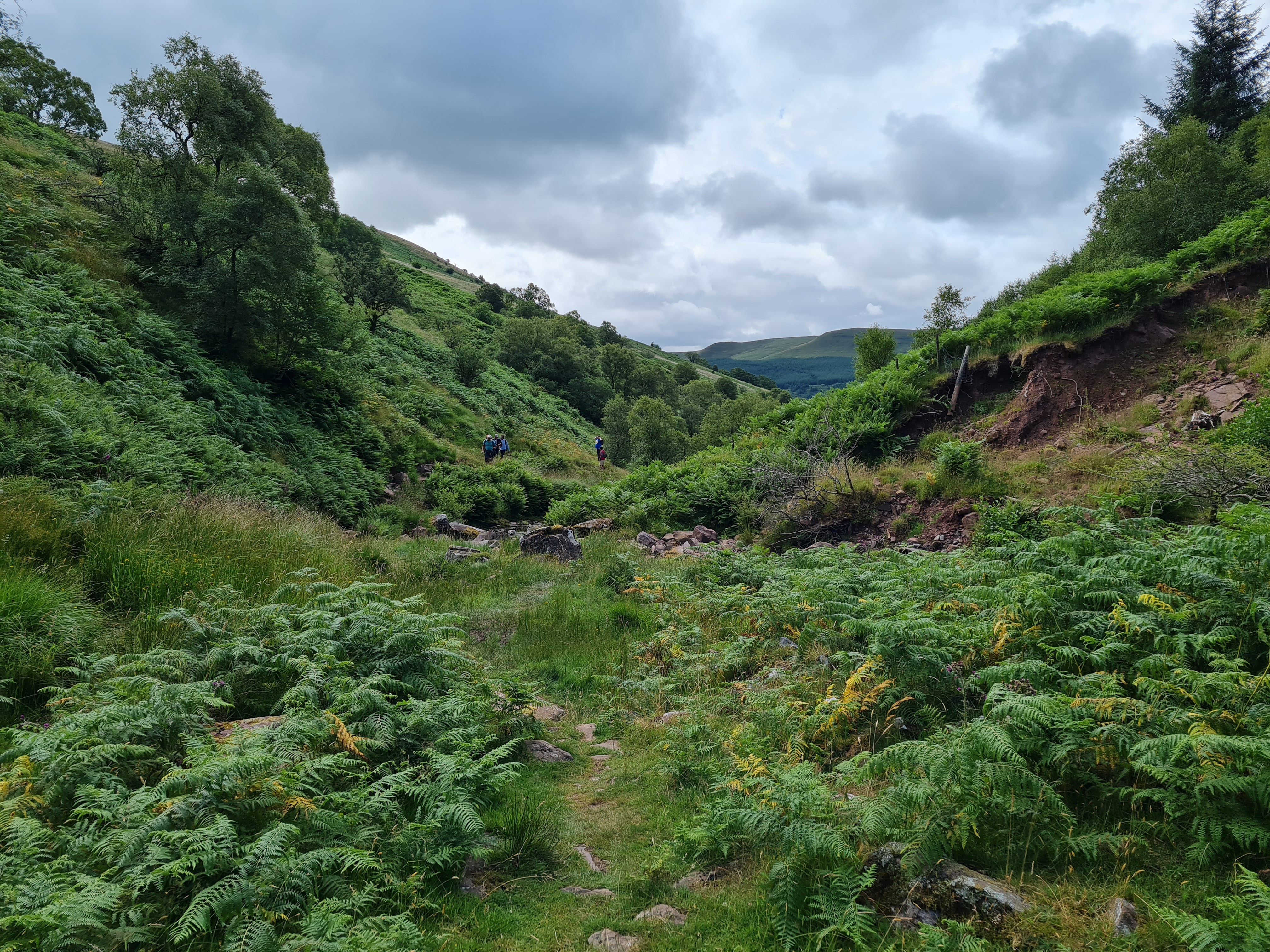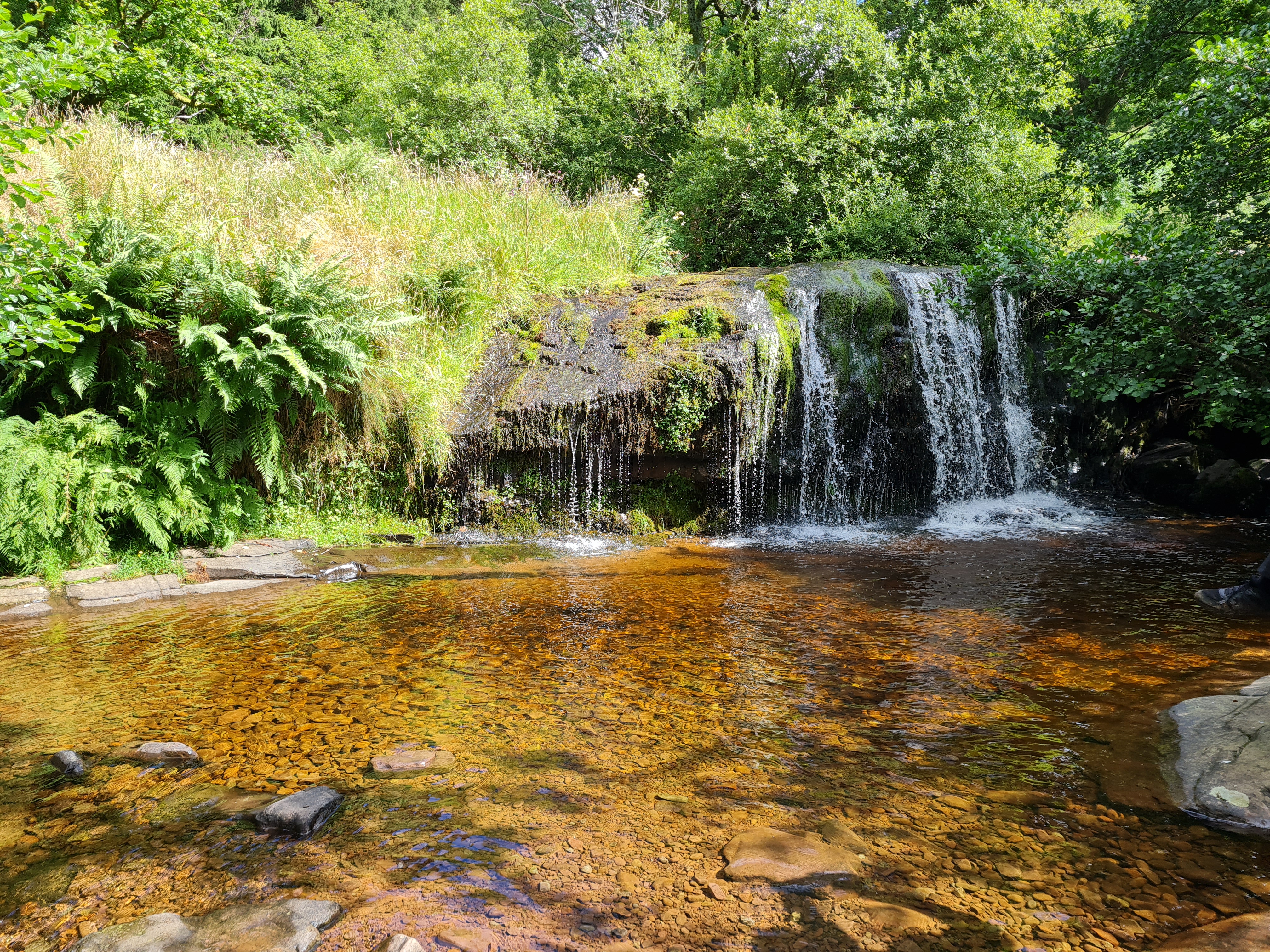by Dr Marianna Dudley (History, University of Bristol), reposted with permission from The Greenhouse.

My reason to apply for a Green Transitions Fellowship at University of Stavanger was to make a start on a book about the history of wind energy. I presented my work to the academic community here early on, and spoke about how the history of wind energy has been shaped by interactions between people, place, and technology. The wind moves through these interactions, itself a product of planetary motion, oceanic currents, and the meeting of sea, air, and land. And while it was time in the quiet work room that helped me commit words to the page, it was time out in the Stavanger land- and seascape that helped me think.
I’ve been developing ideas on how energy technology interacts with place and the people who inhabit it. British state interest in wind turbines just after the Second World War was inflected with ideas about landscape, weather, identity, and productivity, and this shaped how and where turbines were tested. The wind is a dynamic actor in this history: it challenged attempts by meteorologists to predict it, and by engineers to harness it. New wind technology layered over old traditions of living with abundant and occasionally extreme weather, adding to already established and embodied knowledge of wind and place. Throughout my work I’ve been fascinated by winds, waves, tides, rivers – environments on the move that resist attempts to pin them in place, and yet forge a sense of place through their very transience.

Arrival in a new place brings with it an impulse to get grounded. As a swimmer, I like to learn the land by stepping off it and into the water. Here in Stavanger there is plenty, and I’ve been offsetting my solitary, stationary, writing with as many swims as I can. The view from the water helps to make sense of the shore.
Swimming reaffirms again and again that environments are dynamic, changing, and alive. The fjords pulsate with life like the lion’s mane jellyfish I avoided and comb jellyfish I didn’t (transparent, and without venom, brains, or complex nervous systems, they were so wonderfully, barely, there). The seaweeds are spectacular. Shallow fields of sea grass and inky deep fjords alike have been crystal clear, though signs warn against fishing in certain spots due to contamination. Contrasts of clean/dirty, visibility/invisibility, course through the history of energy. Renewable energy claims to cleanliness need to be interrogated carefully. Swimming in Stavanger – an oil town – has helped me keep these issues in mind.

New friends have joined me on many of these swims and we’ve joked about writing an article on ‘swimming-as-praxis’. Here is my confession, then, that (pretension aside) I believe that swimming helps me understand my work and the world around me. One of my first swims here was in a dock while Pøbel, a local graffiti artist, painted a tribute to Freya the walrus on the side of a grain warehouse. Freya had visited harbours across the North Atlantic, sinking sailboats in her magnificent wake. She was killed by Norwegian authorities in the Oslofjord days before I arrived, for the crime of attracting too many crowds to see her (but on the bizarre grounds of her own safety). Seeing her take new shape by the water’s edge at Stavanger was a prompt to keep thinking about power, about place, about ecosystems and care. To keep swimming. To keep writing.
Dr. Marianna Dudley is a historian at the University of Bristol. Her work explores environmental change and its impacts on communities, places, and politics in modern Britain. The rise of renewable energy is a current focus, and she is writing a history of wind energy. She was a Greenhouse Green Transitions Fellow at University of Stavanger, 15 August – 15 September 2022.
This post was first published on The Greenhouse Green Transitions Fellows Blog, and we are grateful for permission to republish it here. The Greenhouse is a research center at the University of Stavanger that draws together those with an interest in the environmental humanities. Since 2022, the Centre for Environmental History has partnered with The Greenhouse.



